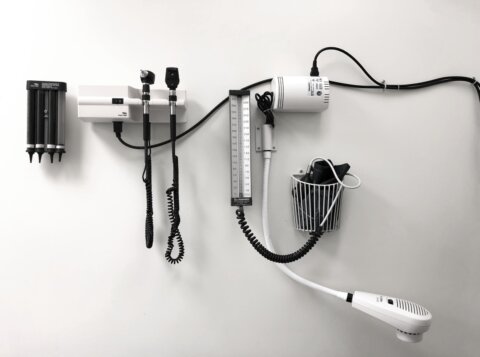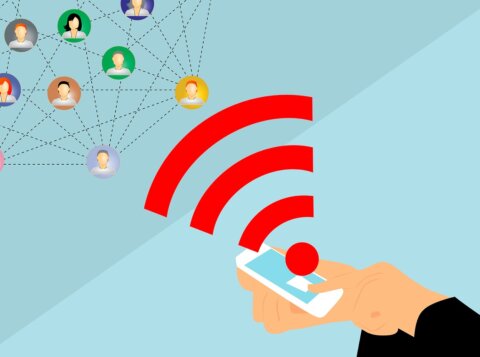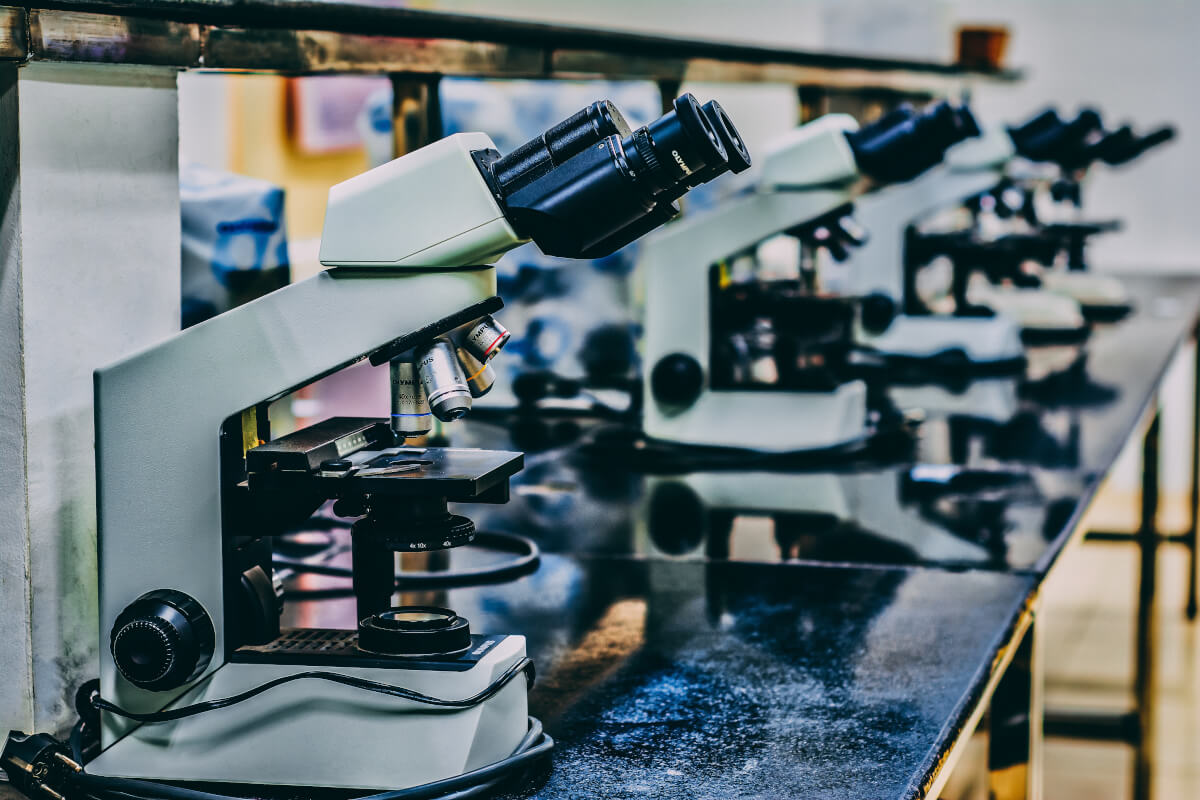How Mass Vaccination Will Succeed

At present writing, all everyone is talking about is whether they’ve gotten their shot or when they’re getting their shot, and where they got it, what kind of shot they’re getting or what kind they would prefer. They are posting on social media about the difficulty of getting an appointment soon enough, close enough to home or getting one at all. I want to flip the tables here and discuss some of the things we should be thinking about, in order to continue on the path to making this vaccine rollout successful. With President Biden’s March 11 prime time speech calling for states to make all adult Americans eligible for the coronavirus vaccine by May 1, successful execution depends even more on administrative systems put in place that are sufficiently scalable to effectively coordinate the initiative.
As one of four types of distribution locations, which include state sites, businesses, payer/provider run medical sites, and retail, chain drug stores are a key part of this ecosystem. They, as other designated locations, have the colossal job of coordinating, managing and tracking the schedule as people race to make appointments online, call on vaccine hotlines, and actually show up at the drug store in person. (And some don’t show up.) What’s needed, to do this smoothly, efficiently and effectively?
The challenges
While the overarching constraints remain daunting — the physical availability of the right number of vaccines and the actual, physical transportation, logistics, distribution, handling and storage — the part of the problem we’ve been working on is facilitating the distribution process. There’s a mountain of information and calendaring to be managed, from communicating who is eligible, to getting an appointment, knowing where to go, being physically capable of getting there and what actually happens to manage the flow of traffic at each site. There has to be a staff waiting to greet them and a well-ordered and clear record of their appointment. People need to enter the site, show that they have an appointment, get the shot and be done — and all of this needs to happen as fast as possible and in a maximally contact-free environment. Currently there are drive-thru and walk-in vaccination clinics in all different sorts of settings and arrangements, from drug stores to large government facilities and sports arenas.
The challenges are that there are just so many points of potential failure, so many entities to integrate. Let’s say the scheduling doesn’t work, or the number of vaccines received at a site is lower than expected. Or not everyone shows up for appointments, and you have leftover vaccines you can’t keep for the next day because they’ll get spoiled. What do you do in that case? You have people showing up doing all sorts of things to get a vaccine when it’s not yet their turn. For example, a dentist who has an appointment comes with his receptionist, who doesn’t. There need to be mechanisms in place to say no, but not in an off-putting way. We still want the receptionist to get the vaccine when it is her turn.
The need for digital controls
Obviously, most people want to get vaccinated. And the good news is that the perceived progress toward herd immunity is improving daily — America is catching up, and the vaccination program is actually ahead of schedule. Again, as of this writing, something on the order of 2.2 million vaccines are being given daily, and this number is increasing every day.
While there is a good deal of government regulation on how people get access, who should get access, who gets priority and so on, there is still a fair amount of personal choice. Remember that at present writing, the vaccine is still being distributed to a lot of aging people, 65 and older, people with conditions, frontline workers — a lot of these folks might not be very comfortable with digital modes. Those who don’t want to or can’t get an appointment online need to have the option of a call center where they can book an appointment over the phone — but they also should be able to follow up on a printable and scannable digital platform. Someone else might go through the process of scheduling an appointment online only to be “tipped off” that they can get an appointment sooner, or in a closer location.
Optimizing these factors and settings is a task so complex that it requires something akin to a massive digital datebook. Pharmacies offering vaccines need to be connected to a larger system to keep on top of the inevitable changes in vaccine inventory, glitches, no-shows and cross-bookers. And with the recent introduction of the Johnson & Johnson vaccine, a one-shot option, the scheduling complexities associated with the second shot follow-up are significantly reduced. But the digital platforms and tools for scheduling and administering vaccines also need to have the capability to generate follow-up visits, depending on the type of vaccine. If this is all automated and running smoothly, the next person can come in and have their shot correctly and on time.
All of this complexity needs to be managed in one seamless way, by a system that’s connected, replicable and scalable. The process needs to be efficient and smooth, using multiple channels like digital booking platforms and call centers. It needs to be streamlined, so that people don’t have disappointments when they get to the site and so that only people who have appointments show up. The good news is that while there have been and continue to be challenges, things are looking positive. Part of this optimism is due to the actual availability and distribution of vaccines really stepping up. But these gains could easily be lost without the use of digital platforms, tools and controls that have enabled smoother scheduling of appointments, on-site verification, real-time reporting and analytics to track aggregate progress and identify gaps that need to be addressed.
If the process goes very smoothly — as it’s looking poised to do — it can improve the number of people who can get vaccinated every day. This digitally enabled approach allows for two key 21st century benefits — granular, real-time reporting and multiparty communication. The giant digital datebook includes the latest technologies that can use the data being gathered to continuously learn and refine processes, while allowing for bumps in the road and generating strategies for addressing the unexpected — such as excess inventory due to no-shows, and how standbys can quickly avail themselves of such an opportunity.
This article was originally published in Chain Drug Review.


















































































































